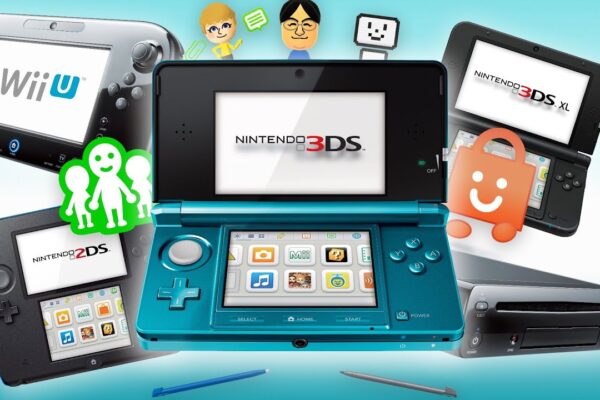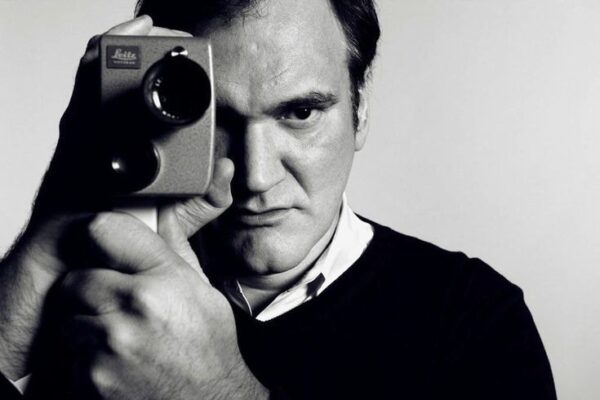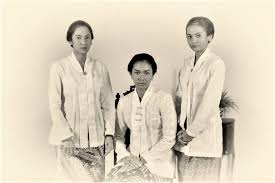Following the release of Barbie the Movie, the color pink has been popular in the world and has become one of the most iconic symbols raising awareness of femininity, gender equality, and also the freedom of women’s choices. In fact, the phenomenon of Barbiecore has started since the 2000s, in which introducing Barbie dolls as a symbol of women’s freedom to choose their own dream careers. The birth of Barbie dolls focuses on women’s fashion, but for Handler, Mattel’s Co-Founder, Barbie dolls are not only showing their appearance. It influences children to understand and learn that as a woman, they have the choice to do anything.
In her memoir Dream Doll: The Ruth Handler Story, Handler stated, “Unlike play with a baby doll, in which a little girl is pretty much limited to assuming the role of Mother, Barbie has always represented the fact that a woman has choices.” This highlights how Barbie was designed not only as a toy but as a symbol of female empowerment and freedom to choose.
On the other hand, beyond Barbie’s image as a symbol of women’s freedom and empowerment, there is also a more controversial side that has been increasingly highlighted. From the very beginning, Barbie has been criticized for promoting unrealistic beauty standards. For instance, her image is characterized by a disproportionately slim body, unusually long legs, and an idealized facial appearance. This issue has already been constructed in society about women’s ideal bodies, and also has given a negative impact to women’s self-perception.
Barbiecore in the Spotlight
In 2022, the term Barbiecore began to spread worldwide. When Margot Robbie was spotted wearing head-to-toe pink on the set of Barbie the Movie, the color quickly became essential in celebrity culture. However, Greta Gerwig’s film was not the first to highlight pink as the defining shade of Barbiecore. Earlier that year, the trend had already appeared when celebrities embraced all-pink outfits on the red carpet at Valentino’s Fall 2022 runway show. In the world of high fashion, Pierpaolo Piccioli’s all-pink Valentino runway in 2022, which even created its own bright pink Pantone color, was clearly a highlight.
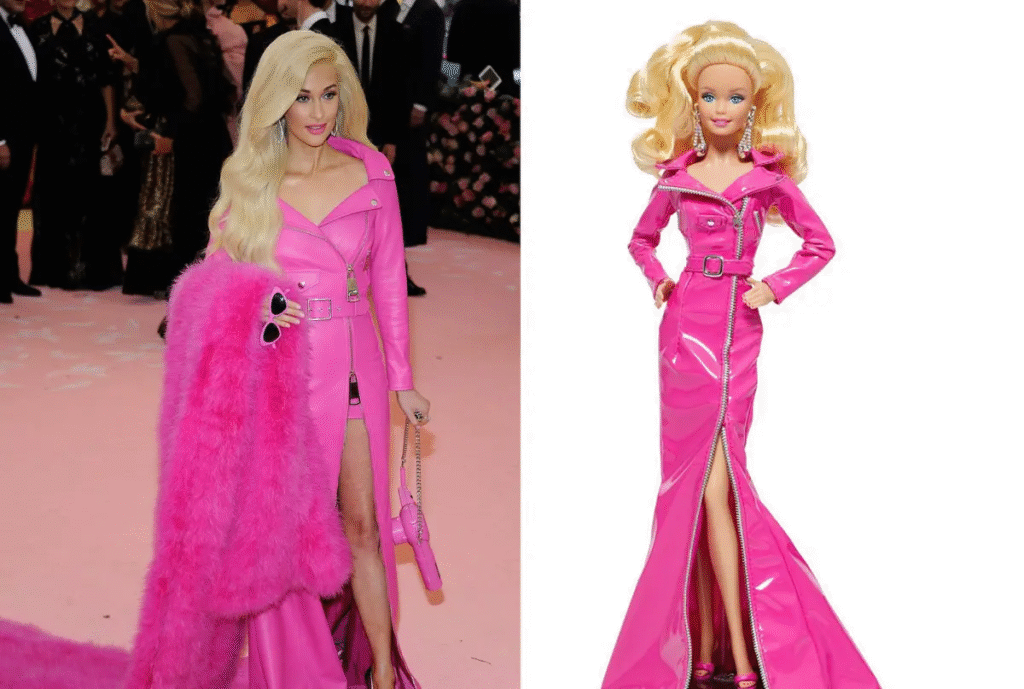
Long before Valentino’s runway moment, the pink trend had already been recognized as Barbiecore when Hailey Bieber stunned in an all-pink dress at a Halloween party in 2016. This appearance helped popularize Barbiecore among celebrities. For example, at the 2019 Met Gala, Kacey Musgraves wore an iconic pink Moschino dress inspired by Barbie, which was later released as a new Barbie doll outfit.
Barbiecore has experienced various ups and downs over time. As stated by Darnell Jamall Lisby, a fashion historian and assistant curator at the Cleveland Museum of Art, “Barbiecore is a main part of fashion in the 21st century and has had its own cycle since the 2000s. This trend has been repeatedly happening every several years in its own way.”
Uniquely, light pink as an essential color for outfits, especially dresses, has been popular since the debut of Mean Girls, Legally Blonde, and Clueless. The use of pink outfits successfully established them as pioneers of pink’s popularity. Emily Huggard, assistant professor of fashion communication at Parsons School of Design, said that the Barbiecore trend became popular because of the cheerful atmosphere it created.
“Wearing light-colored outfits lifts your mood and makes you feel comfortable. If we look at the Barbiecore trend, it is beautiful, very pink, yet not complicated. People have always wanted things that feel light,” said she.
Barbiecore itself is a fashion that draws inspiration from hyper-feminine aesthetics, emphasizing bold pink hues, playful silhouettes, and glamorous details. Before it re-emerged in the 2020s, it was focused more on nostalgic references to doll-like perfection and vintage femininity. Now, it has a modern twist on the style, such as incorporating streetwear elements, sustainable fabrics, and inclusive body representations, making it not just a nostalgic trend but also a cultural statement that redefines femininity in contemporary fashion.
Barbiecore and the Redefinition of Femininity
Besides its popularity and the cheerful atmosphere that Barbiecore created, it also brings controversy and criticism. Instead of representing feminine empowerment, several critics keep blaming Barbie dolls as symbols of women’s idealized life—both in appearance and in careers. Barbiecore has often been recognized as part of femininity or as a symbol of submissiveness, yet its meaning still remains blurry. Today, pink has become the new frontier of boldness, pride, independence, sexuality, and confidence.
To support the rise of barbiecore, social media has played a crucial role. Several popular platforms such as TikTok, Instagram, and Pinterest have become the main arenas for spreading this trend. Hashtags such as #barbiecore and #barbieaesthetic have gathered millions of posts, showing how quickly the trend became recognizable through its dominant pink color palette and hyper-feminine style. Its eye-catching visuals, easy to grasp and highly shareable, made Barbiecore one of the fastest-spreading trends in recent years.
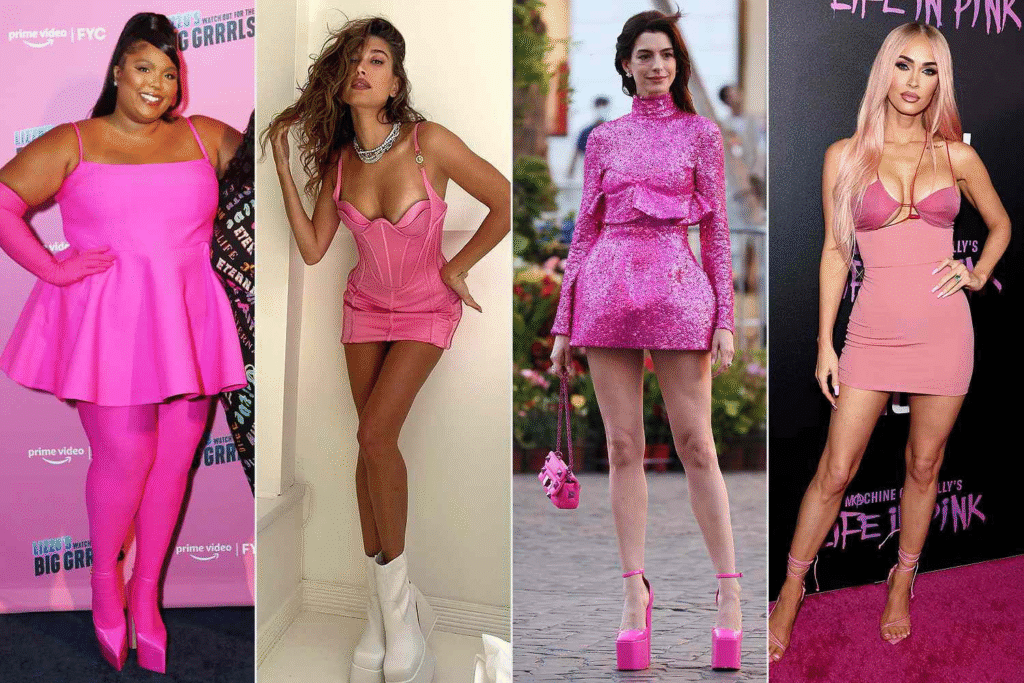
Ultimately, social media has transformed barbiecore into more than just a fashion trend. It has become a cultural movement that stimulates conversations about gender, femininity, and self-expression. Pink, once dismissed as merely “girly,” has now been reclaimed as a symbol of pride and digital identity for a new generation.
Barbiecore is not limited to traditional notions of femininity defined by pink dresses and glamorous accessories; it has also expanded beyond conventional gender boundaries. Barbiecore subverts old stereotypes that linked pink with weakness or submissiveness, transforming it instead into a statement of confidence, boldness, and cultural inclusivity.
The Ambivalence and Future of Barbiecore
Barbiecore embodies an ambivalence that makes it both powerful and problematic. On the one hand, it has been widely criticized for reinforcing unrealistic beauty standards and for its ties to consumerism. Barbie dolls have long been associated with unattainable ideals of beauty and success, which often put pressure on women and girls to conform to narrow definitions of femininity. These criticisms remind us that the aesthetic is not free from the same cultural baggage that has followed Barbie for decades.
On the other hand, Barbiecore has opened up space for reimagining femininity and identity in more inclusive ways. Through social media, fashion, and celebrity culture, the trend has been reclaimed as a form of empowerment, playfulness, and even rebellion against old stereotypes. Its expansion beyond traditional gender boundaries shows how pink and hyper-femininity can now symbolize independence, pride, and freedom of expression rather than submissiveness.
This duality is what keeps Barbiecore fascinating. It raises a broader question: is Barbiecore merely a passing trend that thrives on digital virality, or will it endure as a cultural symbol that reshapes how society views femininity and identity in the 21st century?


